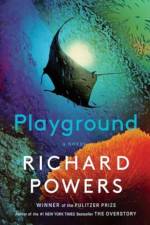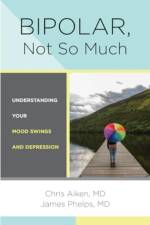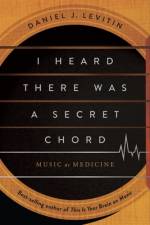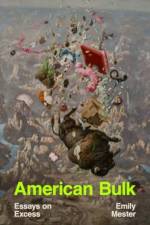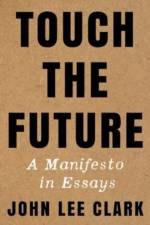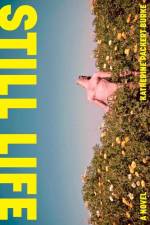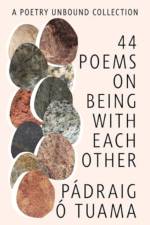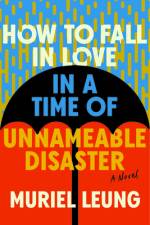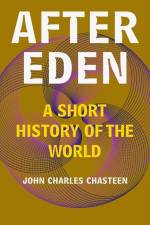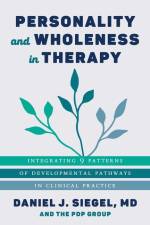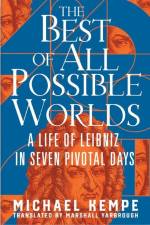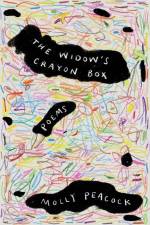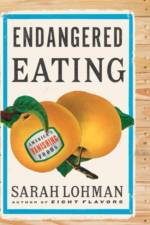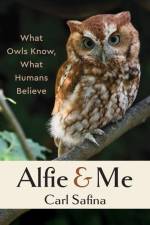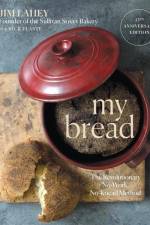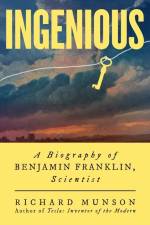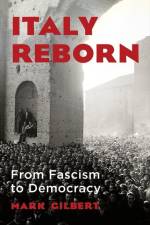av Katherine Packert Burke
341
Everything in Edith's life is approaching disaster. Her writing career is stagnant. Her love life is a mess. Her ex, Tessa, is marrying a man. Her teeth are rotting in her skull. And her best friend, Val, is dead.Still Life volleys between the present and recent past, chronicling the lives of three women-one cis, two trans, all forever entwined. Edith was a bumbling "boy" pre-transition, in love with Tessa, enamored by Val, and drowning in Boston. She and Tessa called each other Joni and Joan, an homage to the musical backdrop of their fledgling adulthood. When Edith decides to leave behind the East Coast for graduate school, she begins a yearslong journey away from the person she loves most and toward a hazy new understanding of who she will become.In the present, Edith visits Boston feeling like a failure of a writer, a failure of a girl, and wracked with guilt over Val's death. Val, the intrepid wanderer, had drifted in and out of Edith's life, arriving in Texas with estrogen pills and wisdom from a life on the road. A sometimes lover, sometimes trans mentor, Val was everything Tessa wasn't and everything Edith needed. Home alone in Texas, she is left loveless and exhausted as the state slowly chips away at trans rights. Was Val's fatal car crash Edith's fault? Would she have stayed put if Edith had loved her better?Katherine Packert Burke's debut novel unfolds like a rusty pocketknife, jagged and lacerating. Infused with pop culture, cigarettes, and Sondheim, Still Life traces the lives of three friends, authentic and evolving, loving and cruel, here and gone, to craft a tableau of modern womanhood.


